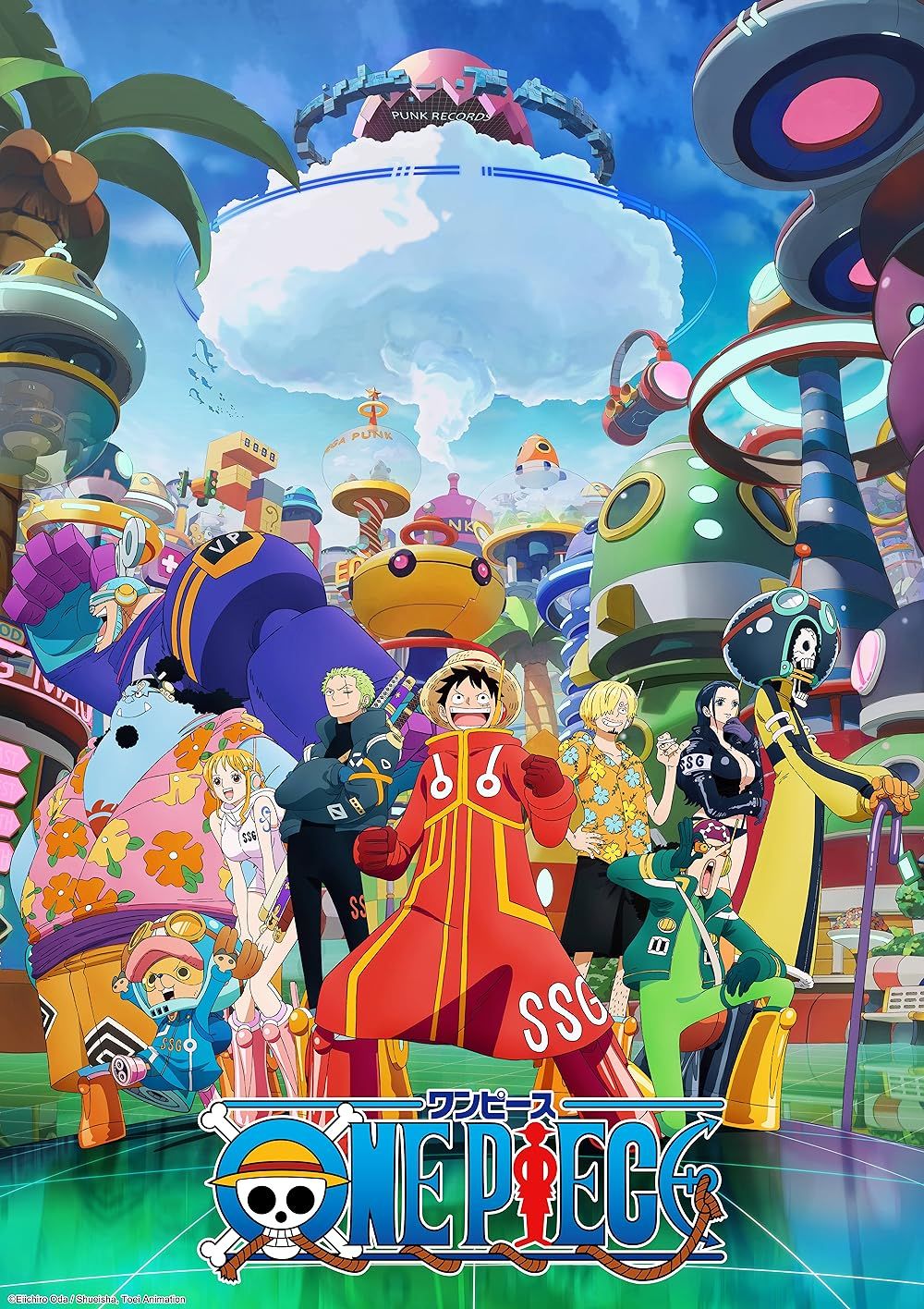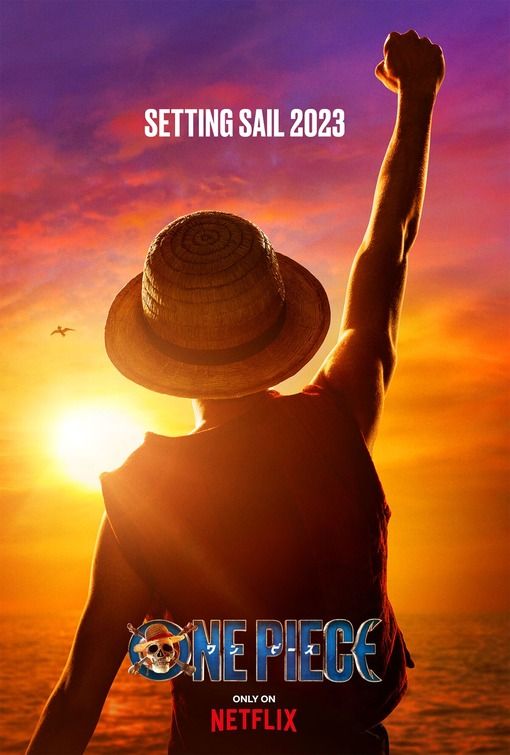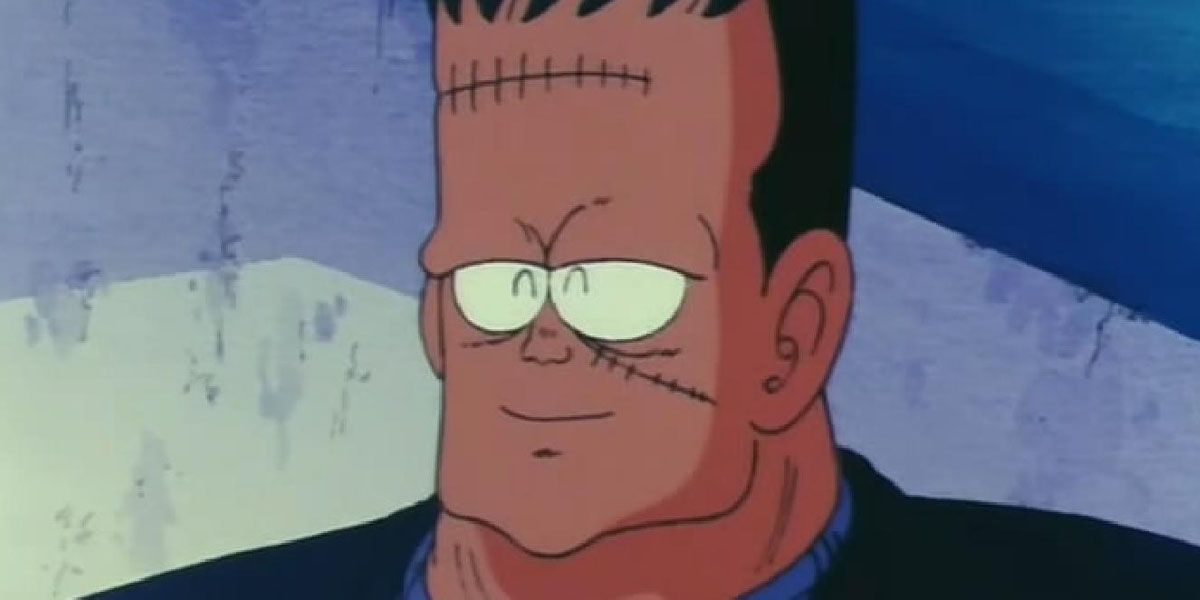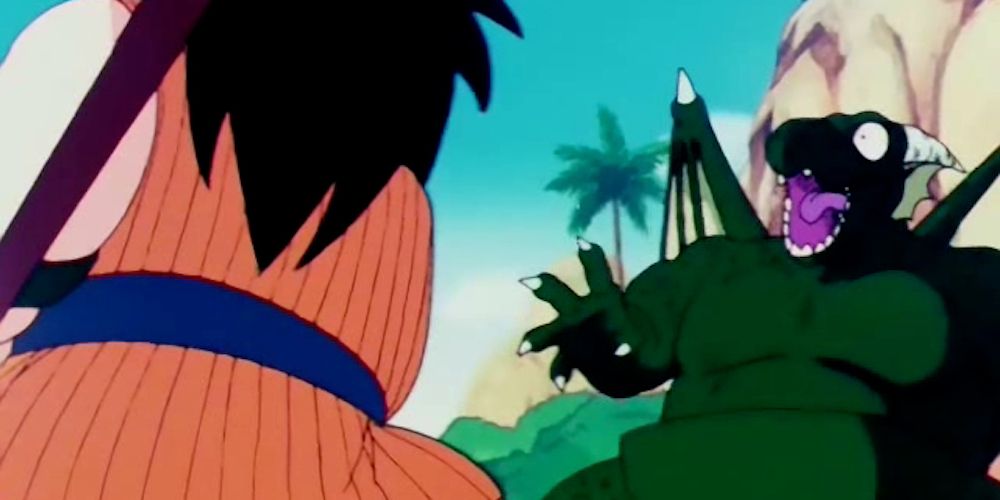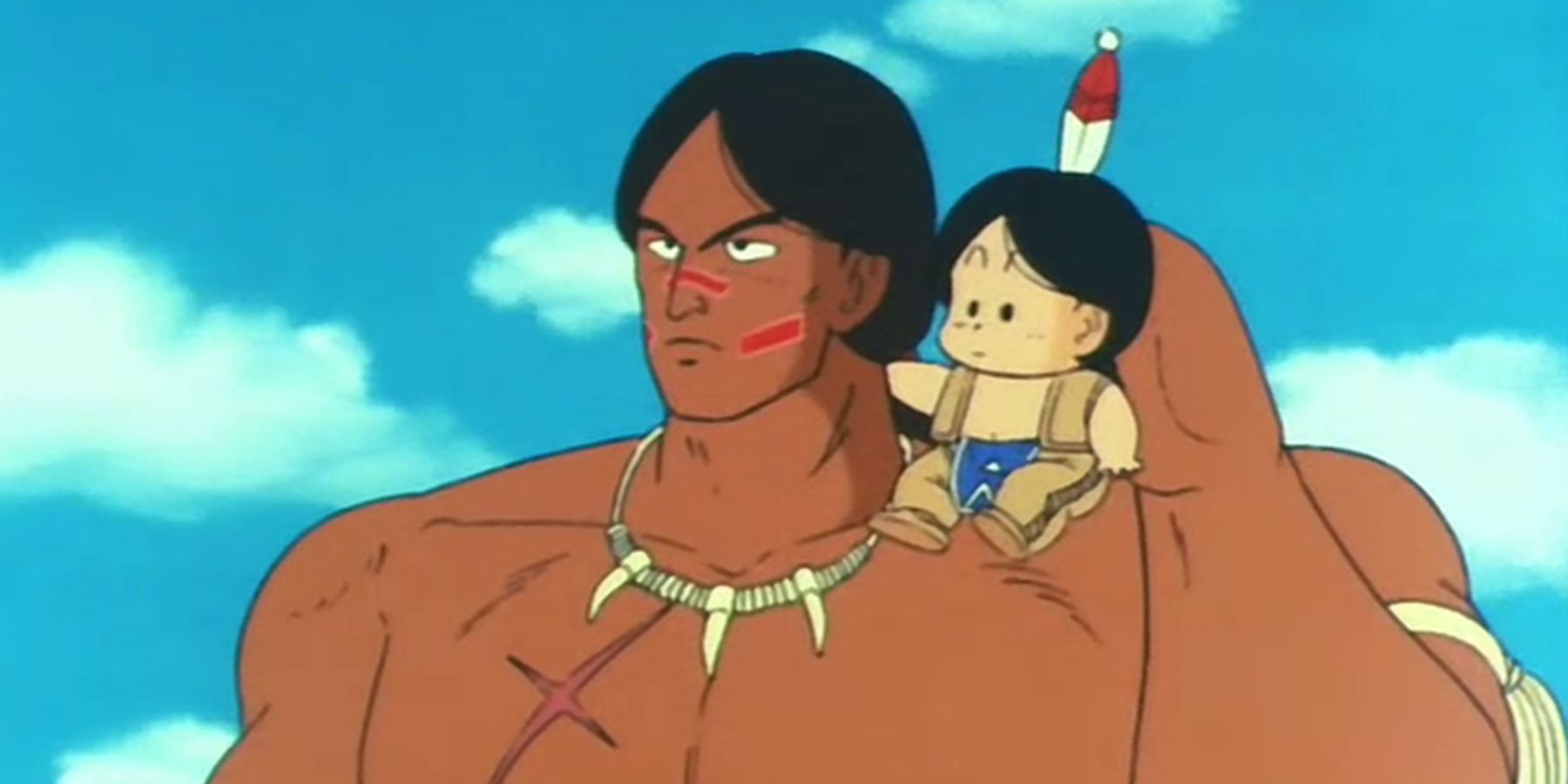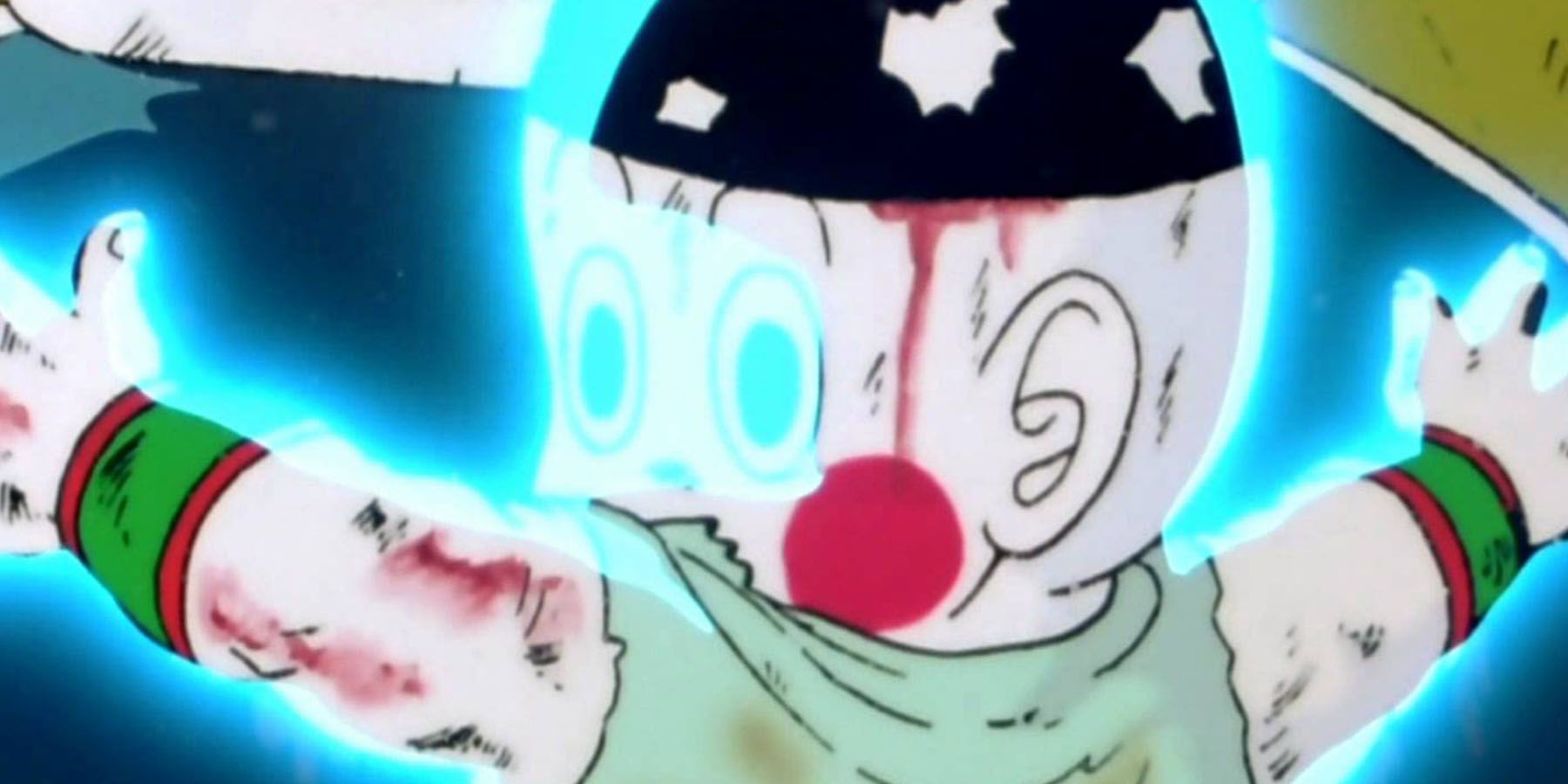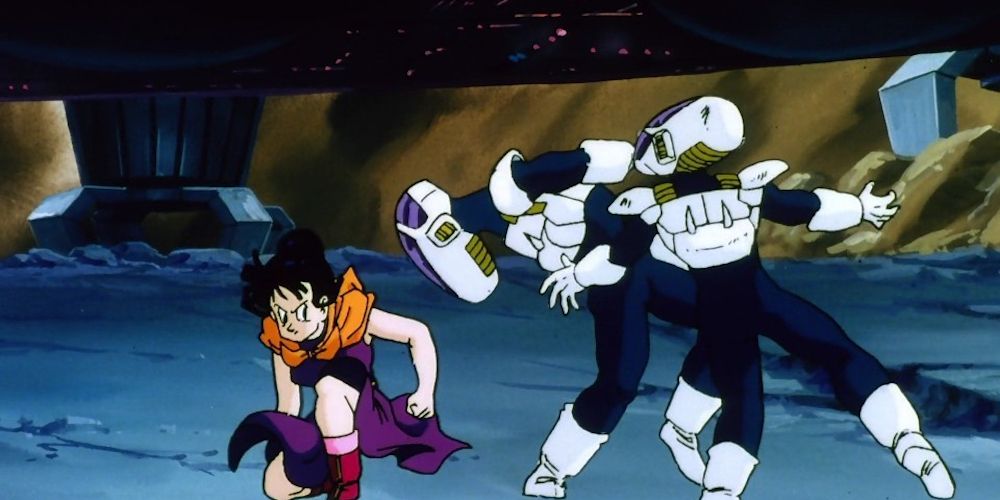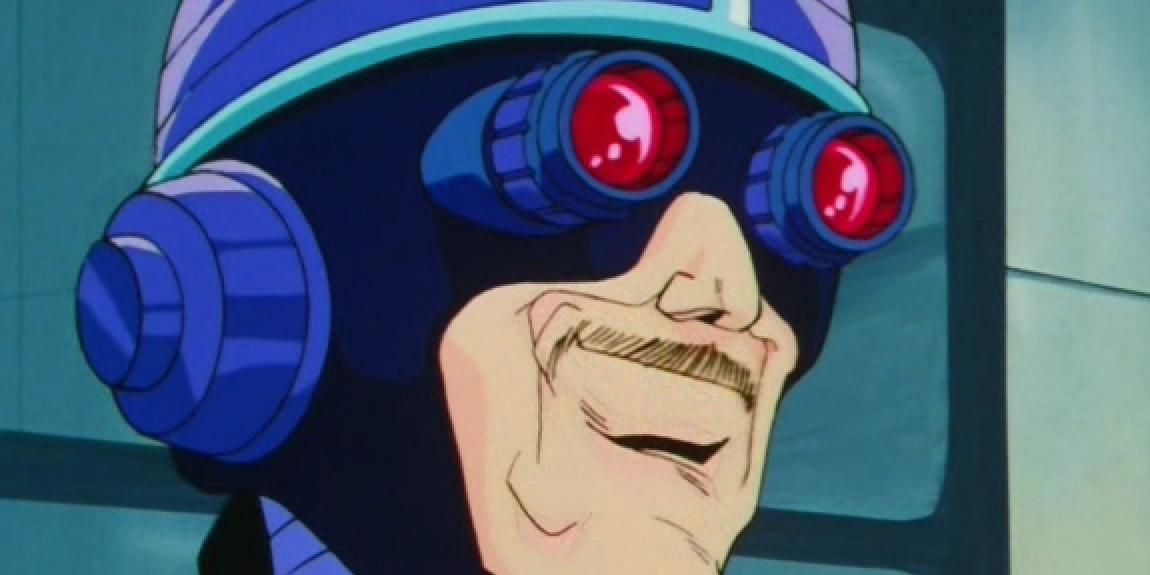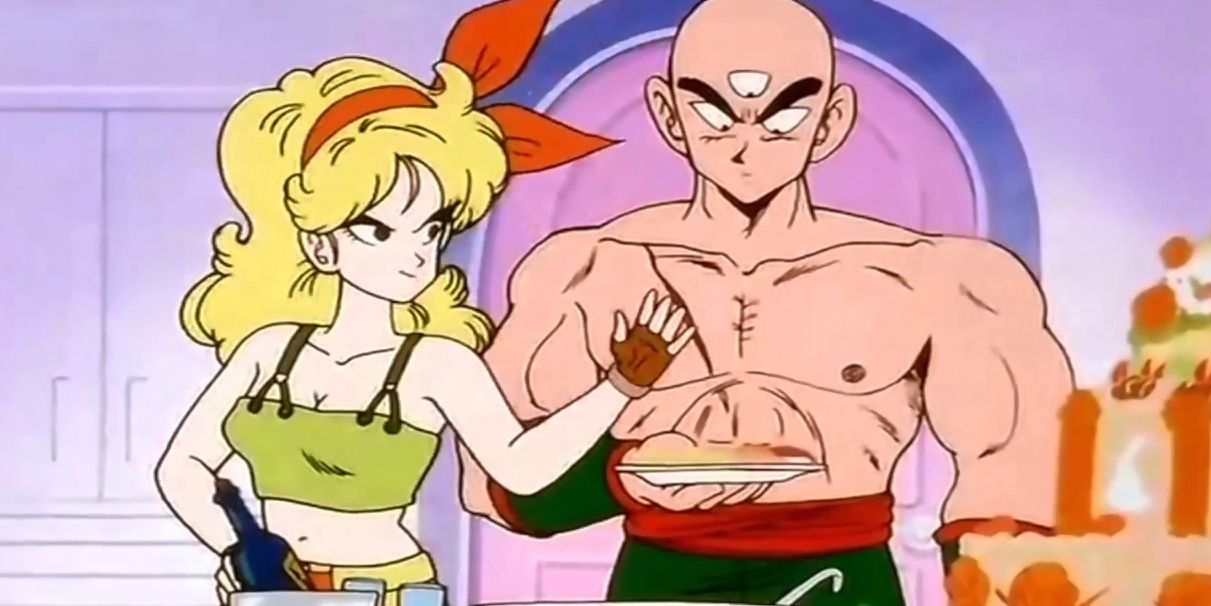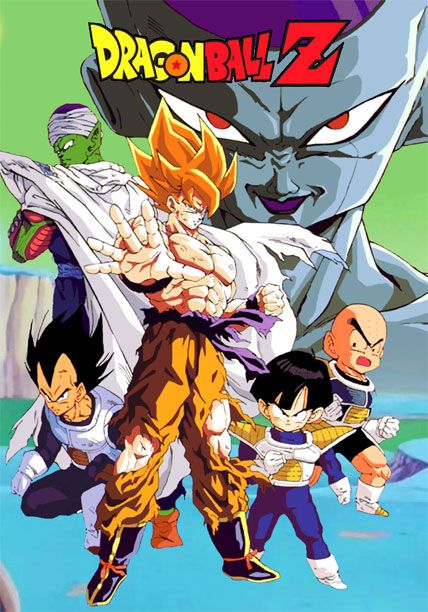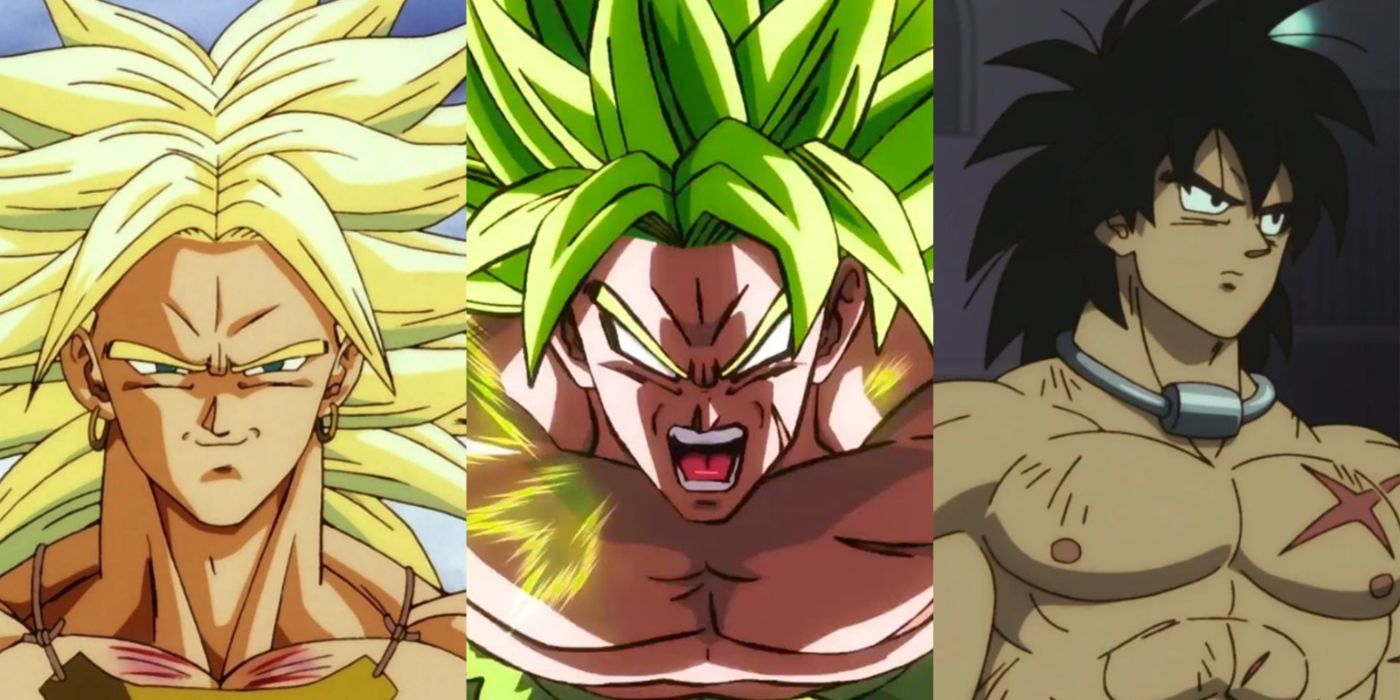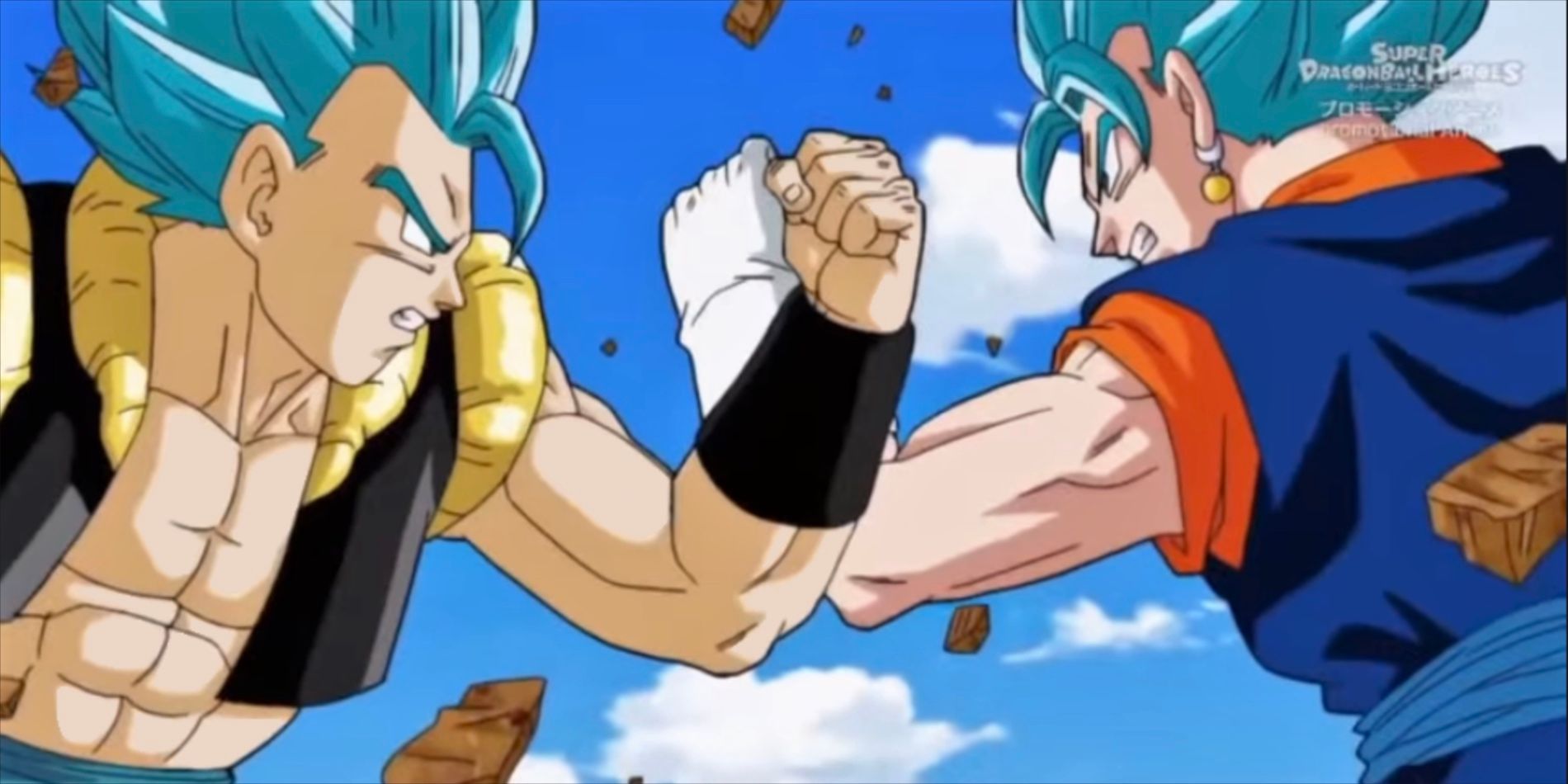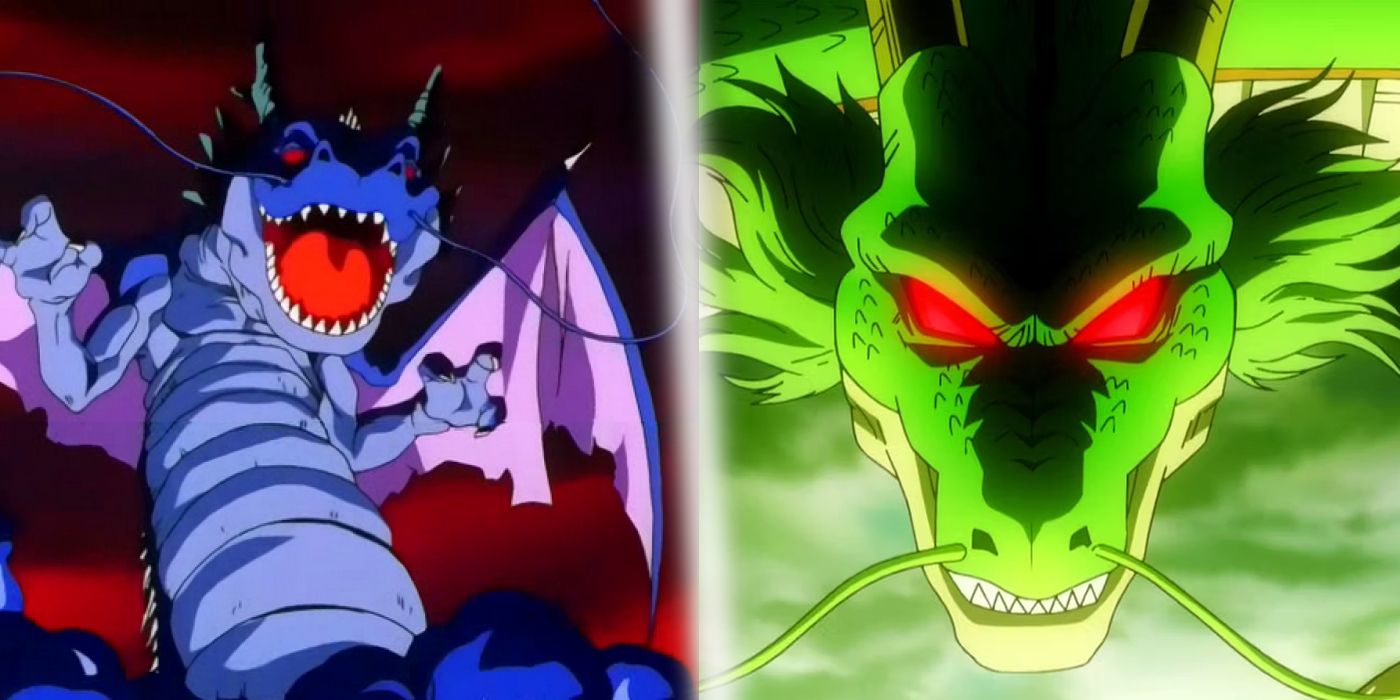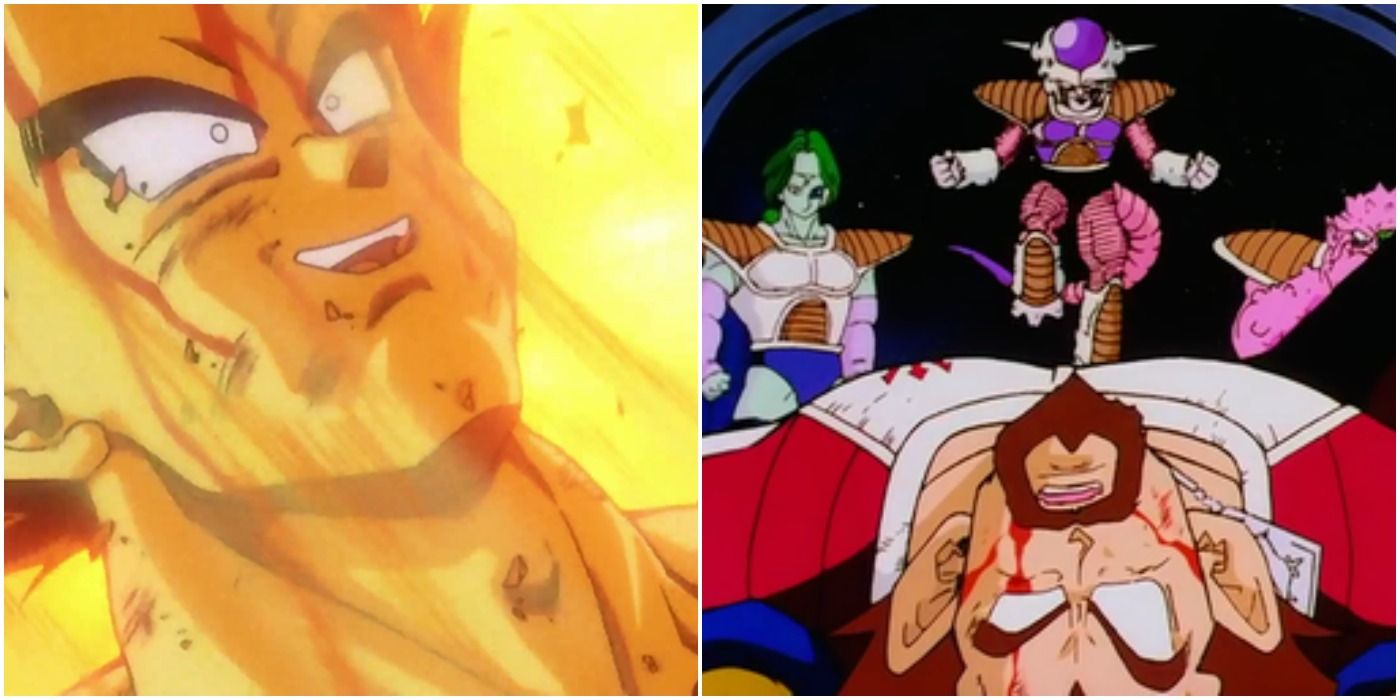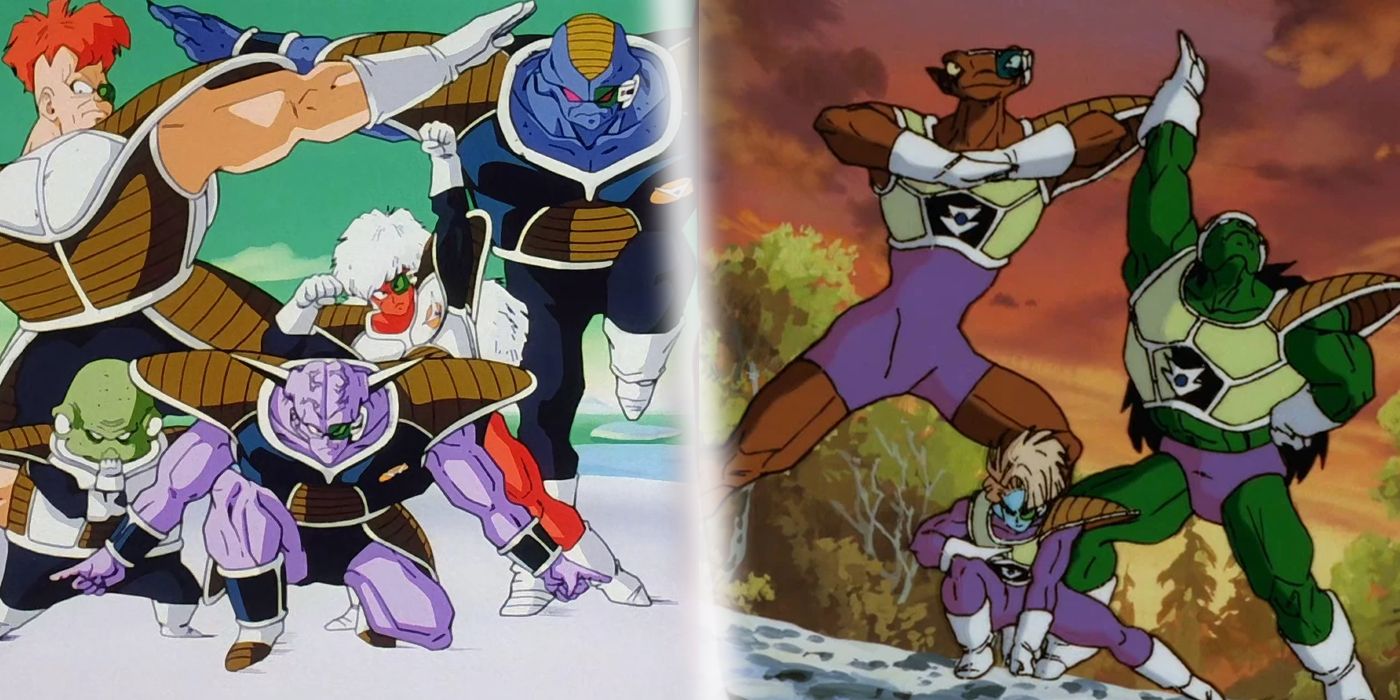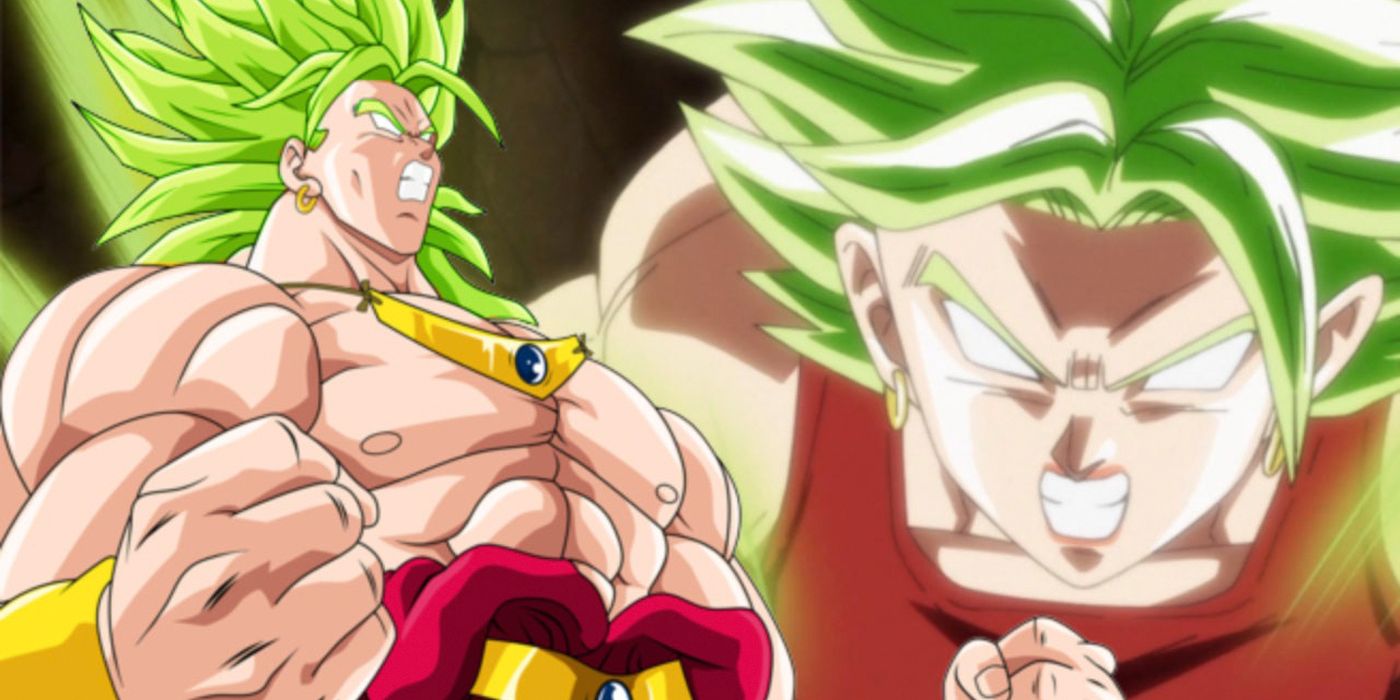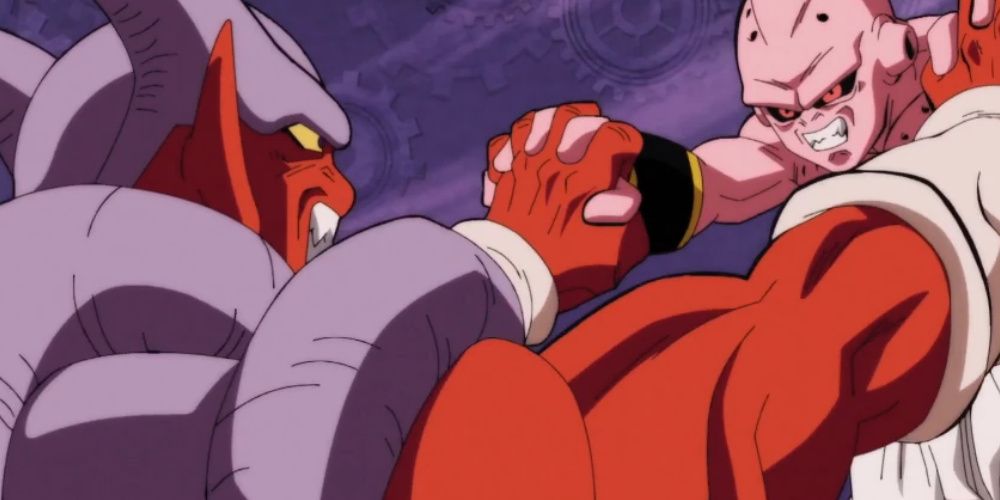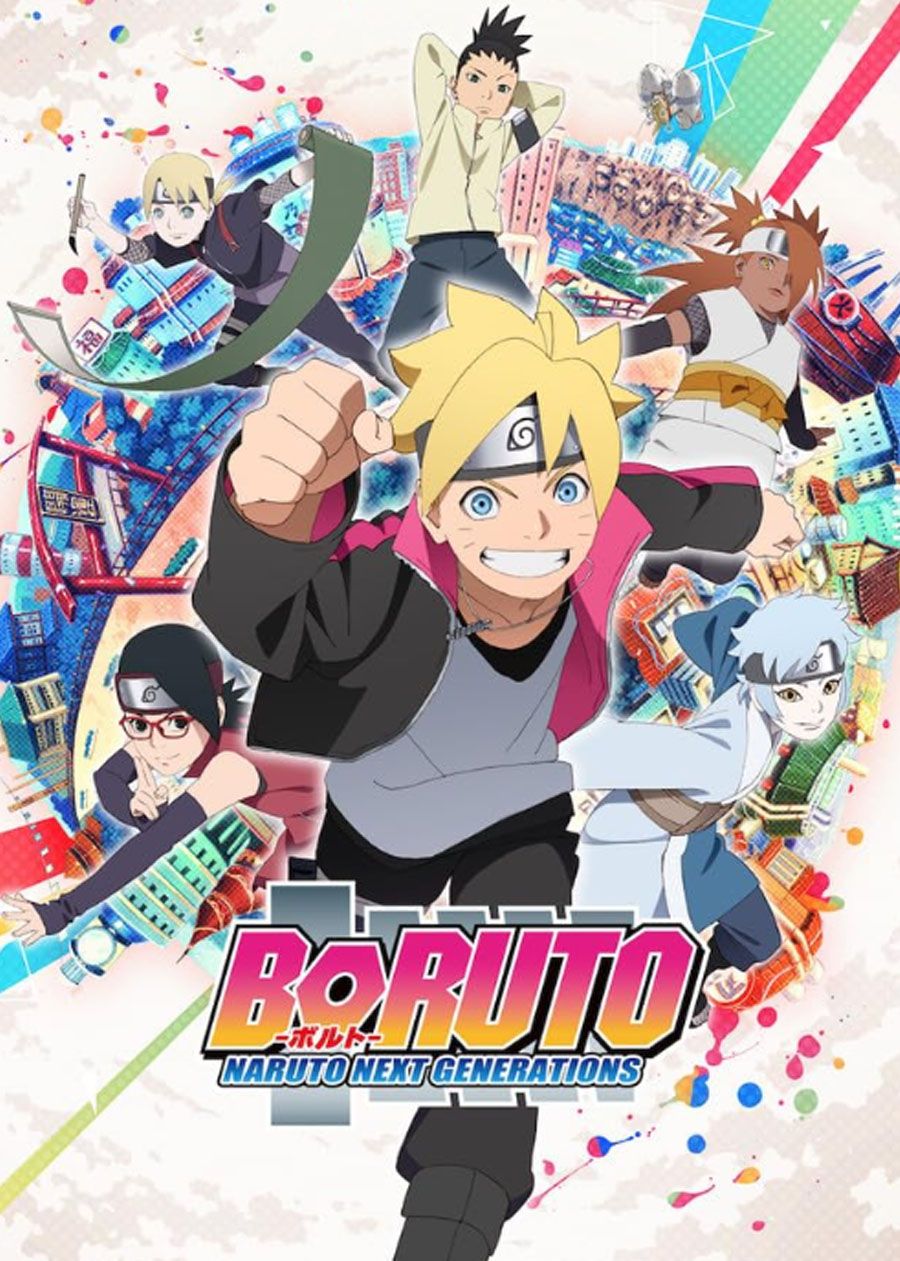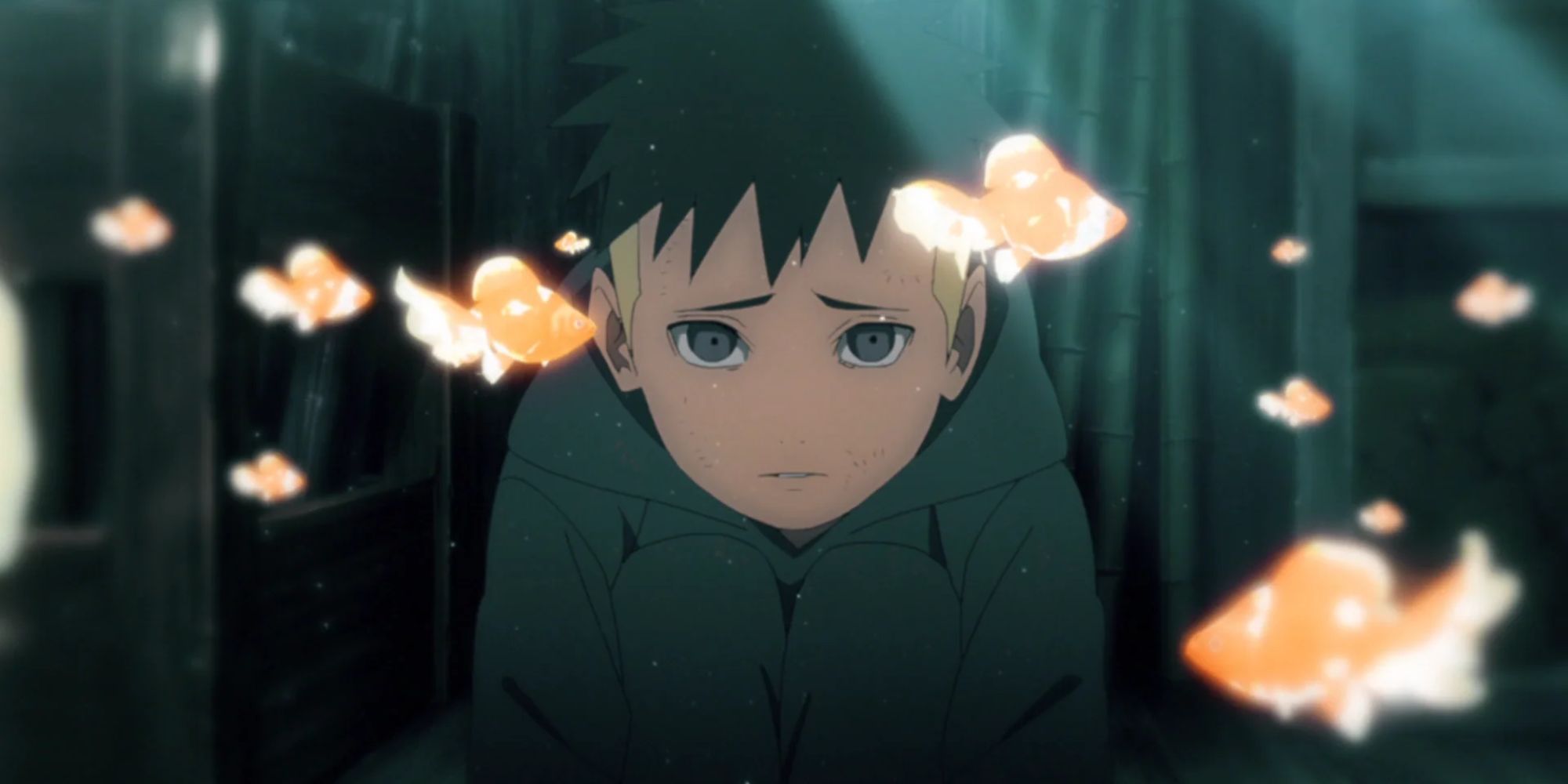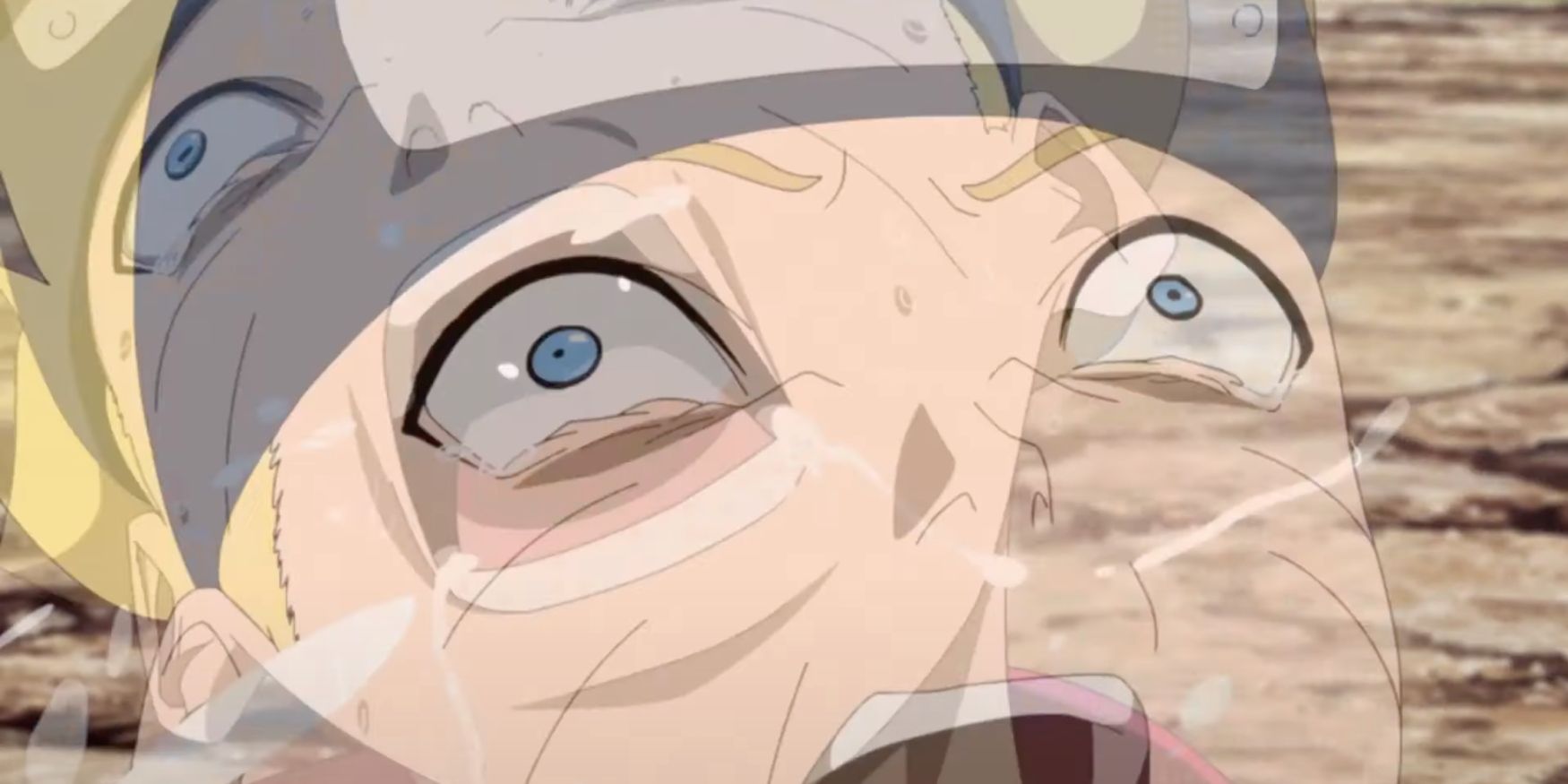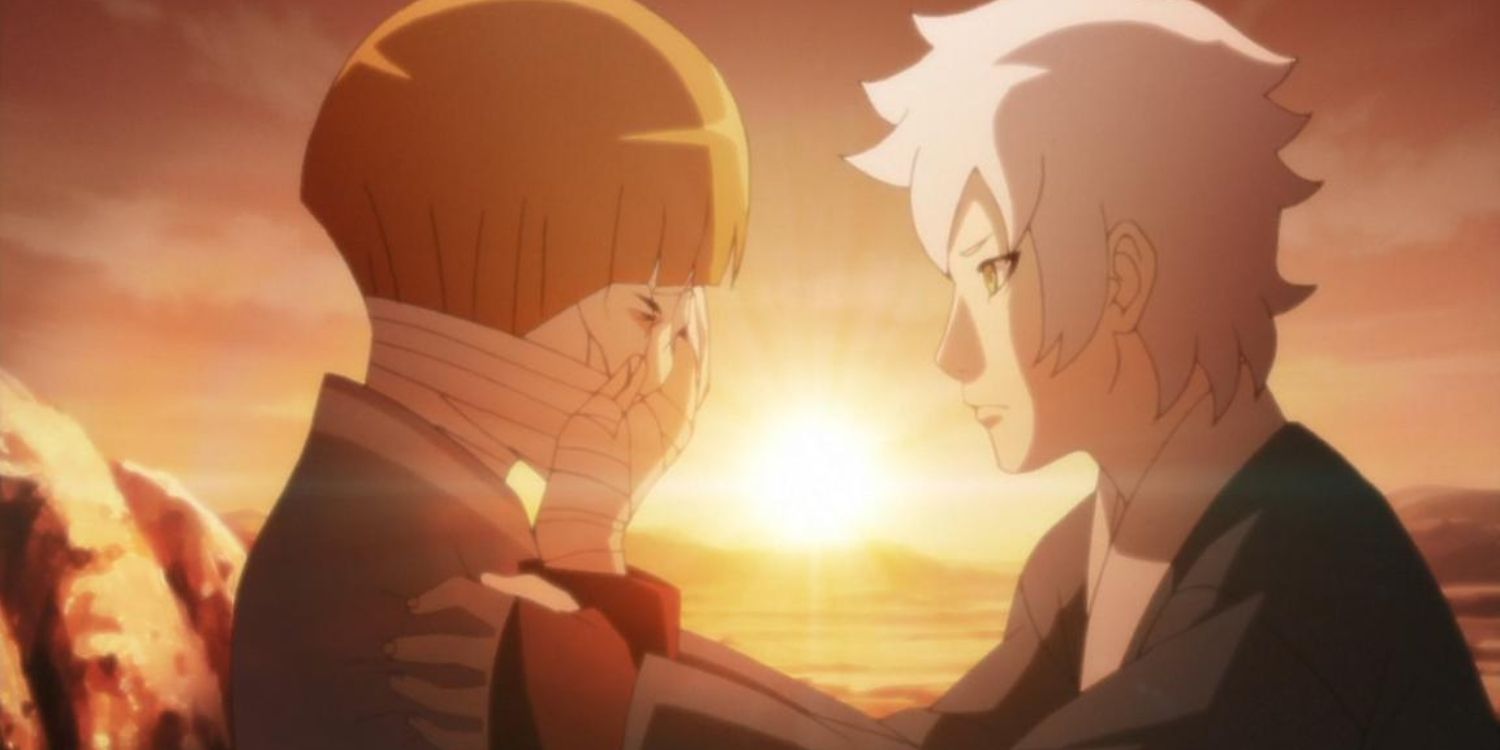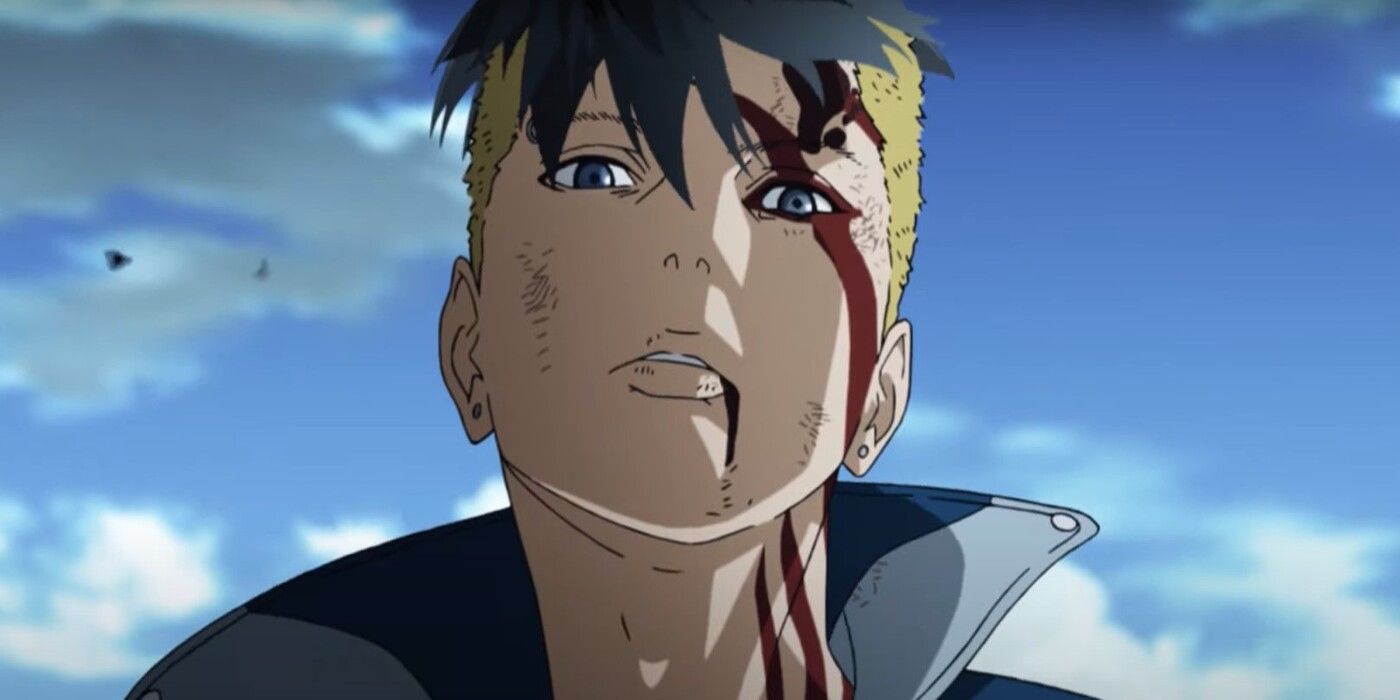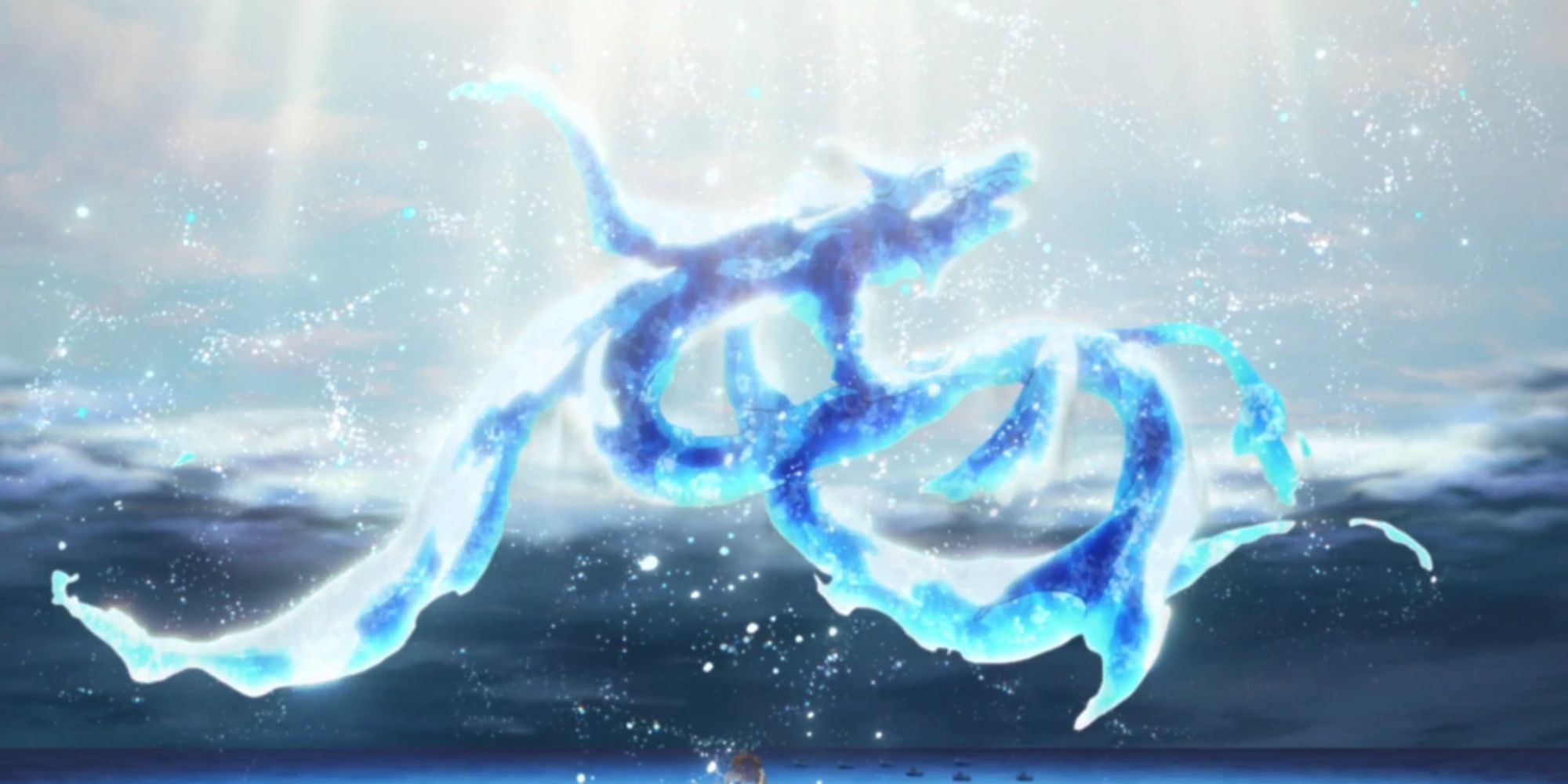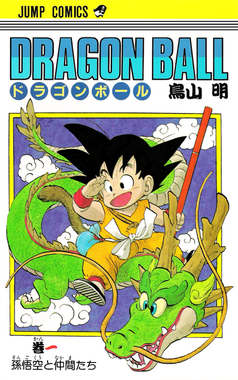In anime and manga history, few titles have reached the critical and commercial success enjoyed by Eiichiro Oda's seminal work, One Piece. Monkey D. Luffy, the series' protagonist, sails the seas hoping to become the next King of the Pirates. To do so, he must first assemble a pirate crew worthy of challenging his many competitors. Luffy finds his first crewmate, Roronoa Zoro, in Episode 1 — on the other hand, Jinbe only accepts the position in Episode 876. Further, many fans suspect that Luffy isn't done adding more members to his main crew.
The Straw Hat Pirates currently have 10 members, each of whom plays a pivotal role in Luffy's journey and One Piece's overall narrative. Although they don't all share the same skills, all ten are critical to Luffy's goal of becoming the next King of the Pirates. That said, the ages of the Straw Hat pirates range across a 70-year span, making them one of the most diverse groups vying for the titular treasure. Here is a breakdown of all the One Piece character ages.
Updated on April 26, 2024, by Ajay Aravind: Arguably one of the most iconic shonen anime series ever made, One Piece's popularity has led to a massive franchise. Many fans enjoyed the live-action adaptation on Netflix, but there's nothing like watching the original anime. That said, not everyone knows every One Piece character's age, which is why we've updated this list with some more relevant information.
Luffy Will One Day Become King Of The Pirates
Luffy May Be Young, But He Knows Exactly What He Wants
There are countless pirates sailing the Grand Line, but none rival the short-term impact of Monkey D. Luffy. Although the captain of the Straw Hat Pirates is only 17 years old when One Piece begins, he has toppled dozens of Marine officers, multiple Warlords of the Sea, and, by the end of the Raid on Onigashima, even an Emperor of the Sea. Luffy's rise parallels that of other Shonen protagonists like Naruto and Goku — his growth rate remains nothing short of spectacular.
As part of the Worst Generation, Monkey D. Luffy represents the long-term effect that Gol D. Roger's final words have on the pirate world. He grows up in the shadow of the greatest pirate of all time, and despite his young age, the Straw Hat Pirates' captain is well on his way to achieving a similar legendary status. There is no doubt that Luffy will find the One Piece and become the Pirate King before the story comes to a close.
Zoro Is Yet To Enter His Prime As A Swordsman
Zoro Was Once The Oldest Member of Luffy's Crew
Prior to the arrival of Nico Robin, Roronoa Zoro and Sanji were tied as the oldest members of One Piece's Straw Hat Pirates. However, while the master of the Three-Sword Style seems significantly more mature than his peers, he is only 19 years old when the series begins. Despite his youth, however, Zoro proves his swordsmanship to be beyond compare, defeating scores of overpowered enemies on the Straw Hats' adventures.
That said, Zoro's time as a bounty hunter gives many the false impression that he's closer to Robin's age than the other Straw Hat Pirates. Thankfully, after aging two years during One Piece's timeskip, Zoro is still yet to enter his prime as a swordsman, making his progress as a swordsman even more impressive in retrospect. Zoro's King of Hell Three Sword Style, as devised in Wano Country, is by far one of the strongest attacks to be seen in the entire story.
Nami Is One Of The Youngest Navigators Sailing The Grand Line
The Straw Hats' Navigator Is One Year Older Than Her Captain
As seen in One Piece's Arlong Park Arc, Nami spends much of her childhood under the control of Arlong and his pirate crew. They manipulate her until she joins the Straw Hat Pirates during the East Blue Saga, at which point she's already 18 years old. Although she manages to collect enough money to pay off the ransom demanded by Arlong, the vicious pirate steals her treasure and refuses to honor their previous bargain.
Nami is far younger than most navigators, and considering her incredible talents, it's astounding that she's spent so few years sailing the Grand Line. By the time of the Wano Country Arc, she's only 20 years old. Barring a premature end, the orange-haired sailor is poised to accomplish her goal of mapping all the world's oceans. Nami might be relatively weaker than the rest of the crew, but she has taken down countless enemies in One Piece.
Usopp Will Undoubtedly Make His Father Yasopp Proud
Usopp Isn't Just One Of The Youngest Straw Hats, He's Also The Most Immature
None of the Straw Hat Pirates is more immature than Usopp. The 17-year-old sniper spends most of his time in Syrup Village playing pranks on the townsfolk before the arrival of Monkey D. Luffy and his crew. However, Usopp's immaturity also makes him one of the most interesting characters in One Piece. In only two short years, Usopp has gone from a sniveling liability to a legitimate member of what is arguably the strongest pirate crew sailing the Grand Line.
Although he's a notorious coward who'd rather run away than face an enemy, Usopp has actually faced and defeated seriously dangerous opponents like Sugar, Perona, and Mr. 4. At the same time, he's still got a long way to go before he becomes a true warrior. When Usopp inevitably encounters his father, Yasopp, there's no doubt that the Red Hair Pirate will be proud of the man that his son has grown into.
Sanji Has Plenty Of Time To Hone His Skills As Both A Pirate And A Chef
Sanji & Zoro Are The Same Age, Sharing The Title As Two Of The Straw Hats' Oldest Pirates
At eight years old, Sanji renounced his family name and escaped the Germa Kingdom, eventually taking up life as a chef onboard the Baratie after two hard years at sea. There, he waited for almost an entire decade before being recruited to the Straw Hat Pirates. Sanji refuses to use his hands during combat because they are reserved for cooking. That said, his legs are probably stronger than most pirates sailing the Grand Line.
The third-youngest son of the Vinsmoke Family, Sanji was treated like trash by his father and brothers, forcing him to leave the seafaring Kingdom that he had once called his home. Among the Straw Hat Pirates, he found numerous peers who were almost exactly his age. Now 21 years old following One Piece's two-year timeskip, there's no denying that "Black Leg" Sanji still has plenty of time to hone his skills as both a pirate and a chef.
Tony Tony Chopper Is Presumably Yet To Reach His Physical Maturity
Chopper Is The Youngest Straw Hat, But Even That Is Complicated
Although One Piece has stated that Tony Tony Chopper is 15 years old, his interspecies nature makes that number a bit misleading. It's clear that Chopper is yet to reach his physical maturity, which would be abnormal for any reindeer that has been alive for a decade-and-a-half — which is the average lifespan for his species. Since Tony Tony Chopper has eaten the Human-Human Fruit, the relationship between his age and his anatomy can change in an instant.
However, regardless of what form he takes, Chopper's skills as a doctor are unwavering, making him one of the most underrated assets of any pirate crew in One Piece. Medical talents aside, he has also demonstrated a high level of combat expertise, even if Chopper needs to rely on his Rumble Balls in several fights. Chopper is just as cowardly as Usopp, but even he has no problem challenging a stronger enemy when his crewmates are in danger.
Nico Robin Has Been On The Run Since She Was 8 Years Old
The Gap In Age Between NIco Robin & Luffy's Original Crew Is Pretty Drastic
Nico Robin's addition to the Straw Hat Pirates marks a notable shift in Monkey D. Luffy's approach to filling out his crew. Before the Alabasta Arc, every new member of the Straw Hat Pirates was within a few years of Luffy's age (17). Robin, on the other hand, is 28 years old when she aligns herself with One Piece's protagonists. Since her home island, Ohara, was destroyed when she was eight years old, Nico Robin has been on the run from the World Government.
Labeled a threat because of her ability to read and decipher poneglyphs, she finally finds a home aboard the Thousand Sunny with a crew of like-minded heroes. Robin's Hana Hana no Mi is arguably one of the most versatile abilities in One Piece. She can use her powers for defense, offense, as well as assistance, although her Devil Fruit powers have significantly improved after the two-year timeskip. At this point, fans are desperately waiting for her Devil Fruit to Awaken.
Franky Earned A Storied Reputation Long Before Joining The Straw Hats
Franky Is Old Enough To Remember Gol D. Roger's Execution
Keeping in line with Luffy's trend of adding older and older members to his crew, Franky is easily the eldest Straw Hat Pirate when he joins the crew during the Enies Lobby arc. At 34 years old before the timeskip, the man formerly known as Cutty Flam had already earned a storied reputation as a shipwright prior to joining the Straw Hat Pirates. Thanks to Franky's age, he is the first person to join the Straw Hat Pirates who clearly remembers the execution of Gol D. Roger 22 years before the events of One Piece.
As a result, Franky is able to carry on the spirit of the shipwright who built Roger's ship, resulting in a much-needed addition to Luffy's crew. Franky was a cyborg long before meeting the Straw Hats, but his body modifications undergo numerous upgrades during the timeskip. He also built the Thousand Sunny after the Going Merry was rendered unusable, giving the Straw Hats a new and nigh-indestructible home.
Brook Is By Far The Oldest Member Of The Straw Hat Pirates
Brook Was Part Of Another Pirate Crew Five Decades Before Joining Up With The Straw Hats
Without a doubt, Brook is the oldest member of the Straw Hat Pirates — regardless of whether Luffy adds one final pirate to his crew, it's tough to imagine that their age will surpass Brook's. Many years ago, the 88-year-old swordsman consumed the Revive-Revive Fruit, allowing him to return to life after perishing a single time. Following the death of his former crew, the Rumbar Pirates, Brook roamed the Florian Triangle for over five decades.
Ultimately, he encountered the Straw Hat Pirates, providing him a second chance to pursue the life of piracy he had always desired. Many storylines in One Piece are interconnected, as fans learned when they discovered the link between the Rumbar Pirates and Laboon, the whale that the Straw Hats had met near the Red Line. Fans really want Laboon and Brook to be reunited at last, but that doesn't seem likely until Luffy locates the One Piece.
Jinbe's Wise Commentary Is A Much-Needed Addition To Luffy's Crew
Out of all the Straw Hat Pirates, perhaps none embodies their age more than Jinbe. The former Warlord was born 44 years prior to the events of One Piece, and as indicated by his mature tone and wise commentary, he's as well-traveled as any pirate. Jinbe once served under the legendary Fisher Tiger, and although his former captain perished at the hands of corrupt Marines, Jinbe carries on his spirit by fighting for equality between humans and Fish-men.
His addition to the Straw Hat Pirates signals their status as a legitimate, well-rounded crew capable of taking on even the most established powerhouses in One Piece. When Luffy first asked him to be a part of the Straw Hats, Jinbe was unquestionably stronger than all of them. Even after the timeskip, Jinbe consistently proves to be a formidable fighter with the strength to take down multiple pirate captains.
